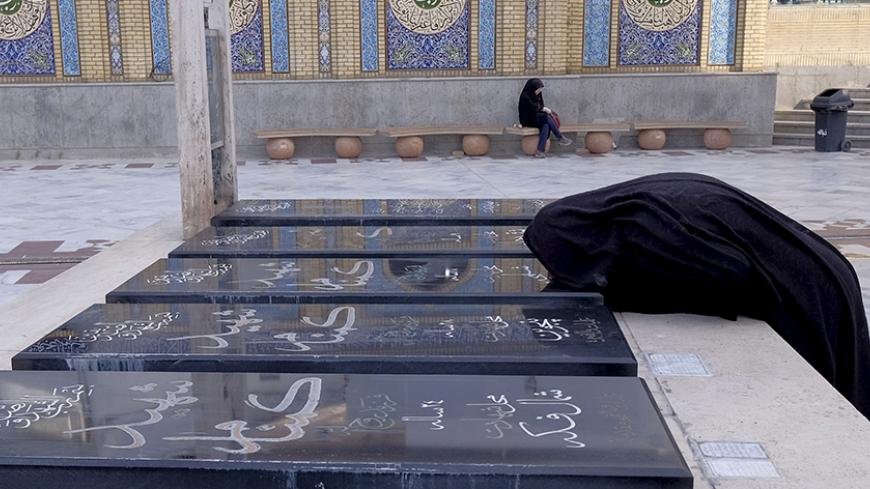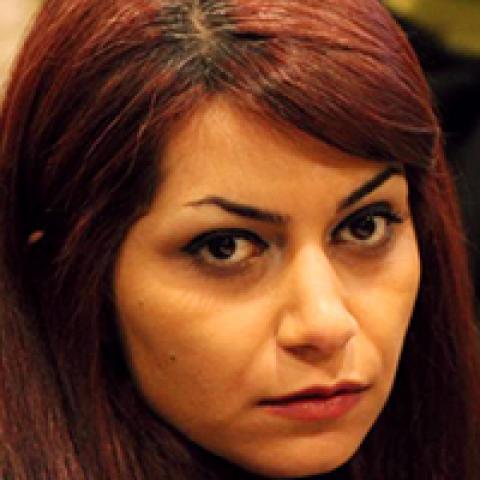The second-longest war in the 20th century began on Sept. 22, 1980, when forces led by former Iraqi dictator Saddam Hussein invaded Iran. The conflict ended eight years later, in 1988, with the adoption of UN Security Council Resolution 598, which called for a cease-fire. Iran’s then-Supreme Leader Ayatollah Ruhollah Khomeini famously described approval of the decision as “more deadly than taking poison,” adding, “I submitted myself to God’s will and drank this drink for his satisfaction.”
Up to 1 million people are estimated to have lost their lives in the conflict, which has come to be known in Iran as the “imposed war” or the “sacred defense.” The Iranian state has used this terminology to describe the conflict and its cultural, social, political and economic impact on Iranian society ever since the war began. The term “sacred defense” has even turned into a genre in Iranian cinema and literature.



